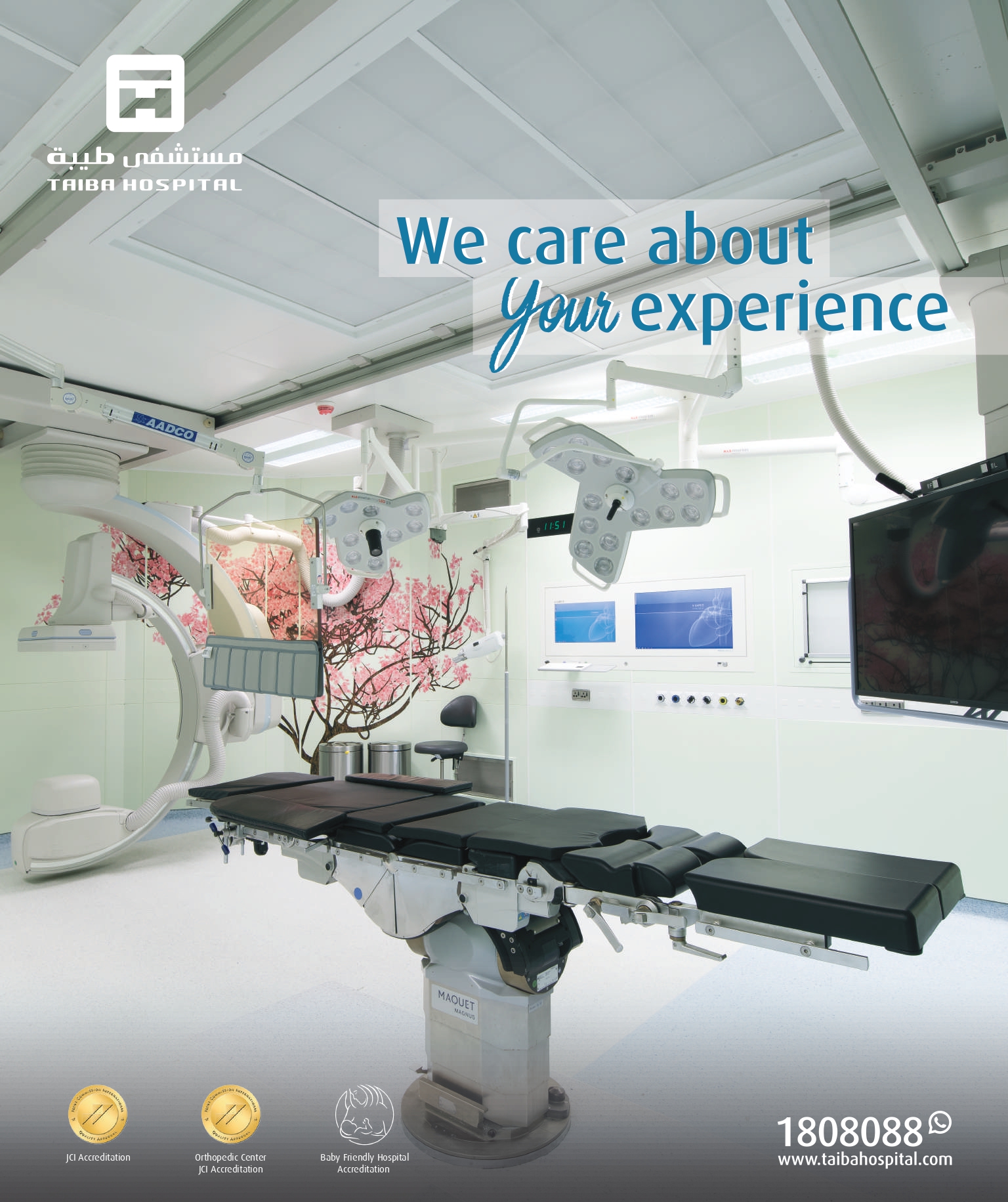The Infographist is a new and innovative design studio, established in the Middle East, with a goal of turning their customers’ data into self-explanatory visuals that connect with the intended audience. A process they like to call Visual Crunching. TIGG was founded as a partnership that includes one content-obsessed information architect, and one icon-frenzied information designer. Join us as we sit down with Carla Saliba, who, along with her business partner Celia Jaber, have plunged boldly into the future with a new take on traditional data.
Tell us about the history behind TIGG labs (what were you doing before, and how did you all come together)?
I began my career as an architect and later moved to Milan to complete a Masters in Business Design where I specialized in ‘design thinking’. Throughout the course of my studies I took a liking to information architecture and design. My 2.5 years in Italy were very inspiring and the wealth of information I acquired throughout the program served as an eye opener and I noticed a lack of insight for visual information in the Middle East. This lead me to start-up TIGG, the first creative agency in the region dedicated to infographics and data visualization.
Tell us about your vision?
TIGG was founded on the idea of bringing together the rich pool of talent across the Middle East region to create meaningful projects that entertain as much as inform, and spread knowledge through the strategic value of design. We work across all industries serving multiple sectors from marketing to education to internal communication. In a nutshell, we simplify and visualize information with the aim of facilitating and enhancing business communication.
Why infographs?
Whether you’re a baby boomer, Gen X or a millennial, you can’t deny the fact that we are living in the age of information overload and ‘big data.’ So how do we keep from drowning in this sea of information? Through visual aids we can engage audiences and facilitate the understanding and retention of information that shapes our perceptions and drives our decisions.
What does it mean to be based out of Dubai (and/or doing this in the Arab world) presently?
To be amongst the pioneers of information design in this region is really exciting. There is so much potential and at TIGG we believe in the power of collaboration by drawing on the collective strategic value of creativity to help make data work for our clients. Being in Dubai (with the results of the Expo2020 host city very near), it’s definitely the most strategic place to be in right now.
What is your favorite part (the picture versus the data) of creating an infograph?
I think both are equally fascinating. I love seeing the process and transformation from the content to the creative aspect. However, I am specialized in the content strategy part, which I find really interesting as I learn something new through every project.
How does your art and architecture background factor into constructing these?
Architecture definitely plays a massive role in the construction of wireframes (the pre-design phase where the information is laid out structurally to flow and tell a story).
The beauty of being an architect is that you can apply the core principles of structure, scale, function and form across any design related disciplines. This has definitely been of great value.
What projects are you currently working on/what’s next?
We are currently working on an interesting project for the first microfinance startup in the Middle East, Pi Slice. Pi Slice is a peer-to-peer micro-lending platform that allows people from around the world to lend to the working poor to start or expand their micro-businesses.
What is your favorite piece that you have worked on so far?
One of my favorites is an infographic we did for the BMW Foundation that highlights their mission and vision through a real life story of two young leaders from the foundation.
Where do you see this organization in the future?
We see it as a model for development for niche creative agencies. We are working on a more global level by partnering up with like-minded individuals and organizations in other parts of the world, as well as creating a sustainable ecosystem between East and West in the creative industry.
What kind of project will benefit from an infograph?
All businesses can benefit from infographics as they engage audiences and facilitate the understanding and retention of information. These are key elements as visuals can shape our perceptions and drive our decisions. Moreover, visualizations can help companies discover new insights that are achieved through the mapping and visualizing of data.
The Infograph lab company can be found online at www.infographist.me. You can also follow them on Facebook, Twitter, and Instagram @theinfographist.








